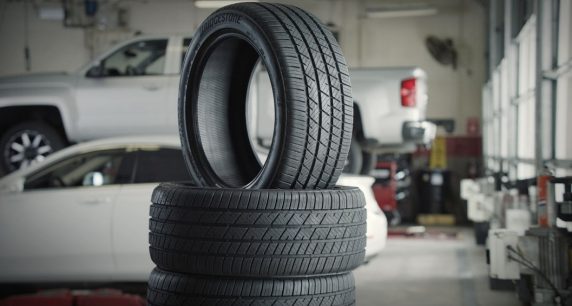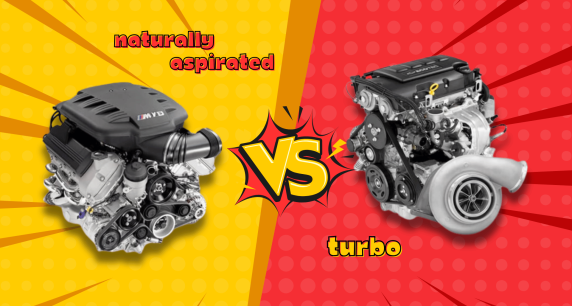How to Select New Tires for Replacement

After you have figured out when to change tires, you’ll find that selecting replacement tires a bit of a process. You’ll need to start by assessing your driving habits, the types of terrain and seasons you will be driving in, to determine what you need in a tire. You should also evaluate how well you feel your current tires performed in longevity, handling, ride, noise and any other category you have noticed.
After that, you’ll be able to match your driving style to the perfect tire type. To help jumpstart your research, here are a handful of the most popular tire categories, seasonal applications, and the features that make them great fits for particular drivers’ needs.
Categories:
- Highway/Touring Tires: Highway and touring tires are built for trucks and passenger cars to travel primarily on paved roads. These tires are designed to provide great mileage, a smooth ride, and last a long time.
- Sport Tires: These tires are built to provide trucks with a balance of style and performance. Designed for excellent handling and quiet rides, sport tires generally are wider and have low profiles for on-pavement driving.
- All-Terrain Tires: These are the most versatile kinds of tires on the market. They provide excellent traction on any kind of road, from main city streets and highways to back roads. These tires can only be used by trucks and SUVs.
- Mud Terrain Tires: These are tires specifically built for maximum traction in off road conditions. They can be driven on daily but often have a rougher, noisier ride, and typically reduce gas mileage.
- Run Flat Tires: They are built to allow for driving a short distance after a tire pressure loss event. They are typically found on luxury cars, CUVs and SUVs.
- Snow/Winter Tires: Tires designed specifically for winter only use. They stay flexible in freezing temperatures and have specially designed tread designs and compounds for maximum traction and safety on winter roads.
SEASONS:

All-Season Tires: These offer versatile performance in a variety of conditions, including wet roads or even in snow. They can be driven in both the summertime and the wintertime.
All-Weather Tires: This is a new category of tires that manufacturers are building and are distinguished by more advanced winter performance than most All Season tires. They can be used all year round and offer excellent traction and performance in all weather.
Snow/Winter Tires: Tires designed specifically for winter only use. They stay flexible in freezing temperatures and have specially designed tread designs and compounds for maximum traction and safety on winter roads Some states or counties require you to change to winter tires during certain portions of the year.
Summer Tires: These tires have zero cold weather traction, but they do have good wet and dry traction and top handling and performance capabilities. People in heavy winter locations commonly switch to summer tires when taking off their winter tires for the warm season.
Before you decide which tire you need, think about what kind of driving you do. If you drive primarily on the highway and city streets, you may need a highway or touring tire. On the other hand, if you typically drive on back roads AND need on-pavement capability, an all-terrain might be your best bet.
If you face severe winter weather during certain points of the year, you will likely need to upgrade to a tire that can handle those conditions.
First pick the category of the tire to fit your driving needs, then decide on the season that best suits the climate you live in.



